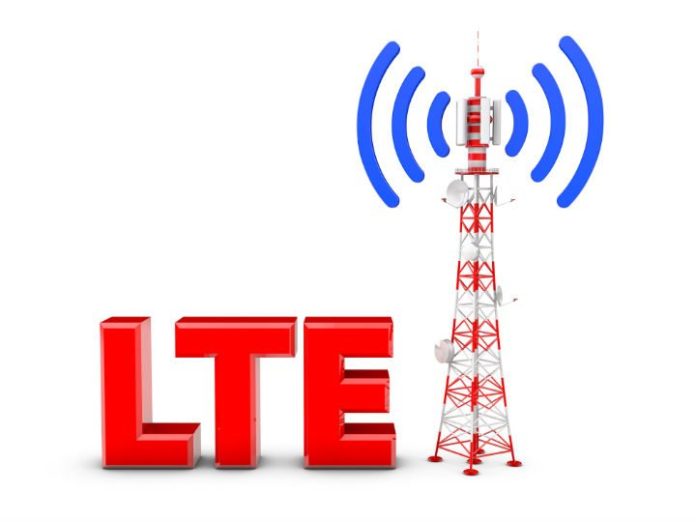Internet of things (IoT) innovation continues to grow based on demand from both consumers and enterprises, and cellular connectivity is at the heart of the convenience, cost savings and “cool factor” of these rapidly proliferating connected devices.
The trend began many years ago when early-connected devices were exactly that – machines connected to machines and sensors via cables. The advent of wireless connectivity options, such as 2G, opened the innovation floodgates for devices to operate in an untethered manner, whether that was a fleet management tracking device or a remote agricultural moisture sensor.
While T1 lines and the early excitement around DSL hinted at hopes for higher-bandwidth applications, the limitations of physical connections, such as Ethernet cables, were not alluring to the emerging mobile-first culture. The future was to be wireless. However, although Wi-Fi proved to be an excellent solution for some devices, its many limitations and liabilities relegated it to second-choice status for some and a complete non-starter for most.
Hence the emergence of reliable, ubiquitous cellular connectivity that continues to drive steady innovation in the IoT. 2G devices were rapidly outpaced by the promise of 3G connectivity, but exciting new bandwidth-hungry solutions now demanded something more. LTE is the answer.
Some ask, “why not stick with 3G?” The answers are simple and compelling. In less than three years, 3G networks will go from being an indispensable IoT connectivity solution to just another entry in the timeline of obsolete bandwidth options. With AT&T’s “sunsetting” its 2G network back in December 2016, and this trend being mirrored in many global markets, as well with 3G’s impending exodus by 2020, many businesses still need to move to the modern ̶ and more formidable ̶ connectivity option of LTE, sooner rather than later.
- In North America alone there are still some 140 million Machine to Machine (M2M) and IoT devices that aren’t yet LTE-capable. Unless these sensors and IoT devices are redesigned or replaced soon, they’ll be rendered useless. While some of these applications will reach a natural end of their service life or just fade away, it is estimated that 50-60 million of these devices will need to undergo a migration to 4G, and potentially even to 5G (once we come to a clearer consensus of how 5G will be applied), although its general impact is realistically as much as 10+ years away.
Given that many IoT applications are expected to be in service for 3-5 or even more years, these technology changes – which sound a long time away – have profound impact on the near-term planning needs of today’s solutions developers. It is therefore important to understand LTE’s benefits—and there are many:
- Coverage: Lack of connectivity due to remote geographic locale is no longer an acceptable obstacle. The IoT devices of today ̶and most certainly those of tomorrow ̶require the broadest, most universal coverage, so there’s no place for a device to hide. 4G drastically reduces the amount of potential network interruptions to connectivity, geographic or otherwise.
- Spectrum requirements: Similar to coverage, but with subtle differences, is the question of how fixed, immovable devices will achieve reliable connectivity in areas where the network must pierce through multiple layers of building infrastructure. Once again, LTE is the answer, providing both greater performance for existing static devices, given much of the LTE services globally are being delivered in low frequency ranges, indoor coverage characteristics may well improve compared with 2G or 3G.
- Cost of LTE devices: Financial requirements for implementing 4G migrations are becoming more cost-effective, especially for smaller organizations. This is great news for the university dorm room-based startups with new ideas that will likely lead the next generation of IoT innovations. And the emergence of integrated, turnkey IoT services are making the total cost of ownership a fraction of what it once was, while measurably accelerating time-to-market schedules.
- Latency and throughput needs: IoT applications that transmit rich content, such as high-resolution video and audio – digital signage applications come to mind – are significantly challenged by 3G connections. These engaging applications – fueled by great demand from both businesses and consumers– need to be supported by a network with the low latency and high throughput capabilities that only LTE can deliver.
- A roadmap: LTE is not a ‘one trick’ technology, but a roadmap encompassing high throughput services at one end, and yet down into ultra low use, low power, services at the other. As subject for another time!
While LTE will be of significant benefit for the above-mentioned complex content applications, it’s also the ideal solution for IoT devices with lower data transmission requirements. These solutions and devices will greatly benefit from the improved connectivity, reliability and scalability that LTE already provides.
While there’s no way around migration – unless your choice is to retire current IoT applications – there are options associated with the manner in which you do so. Now is the time to embrace LTE, creating new opportunities for your applications and your users.

